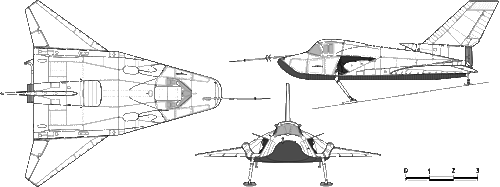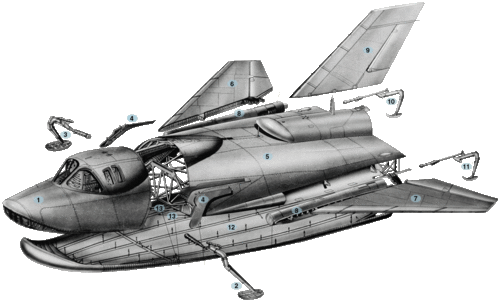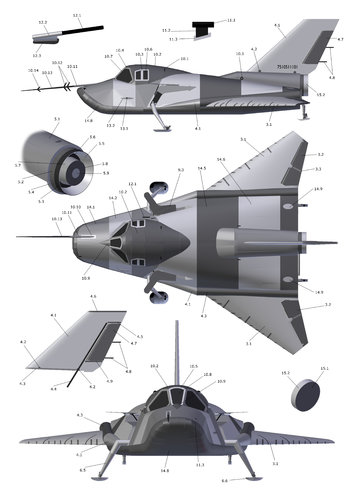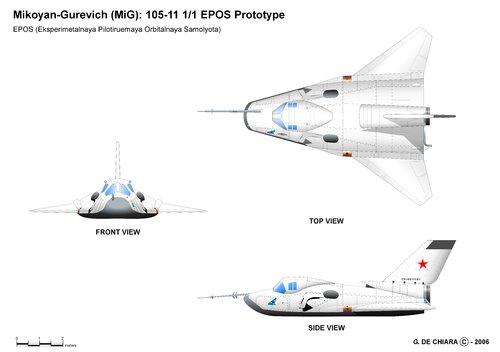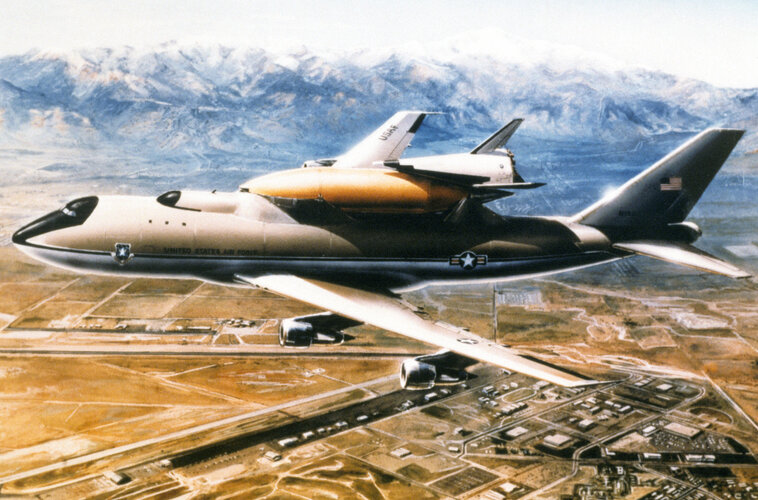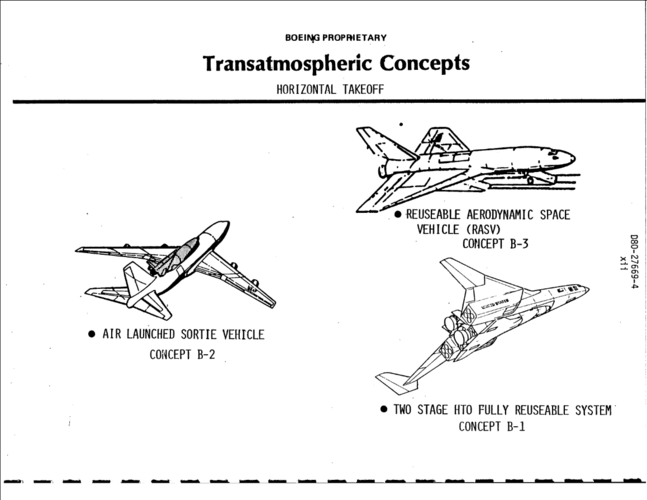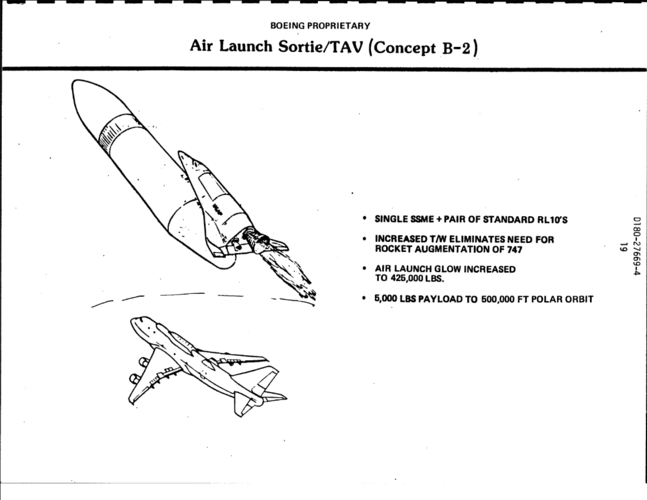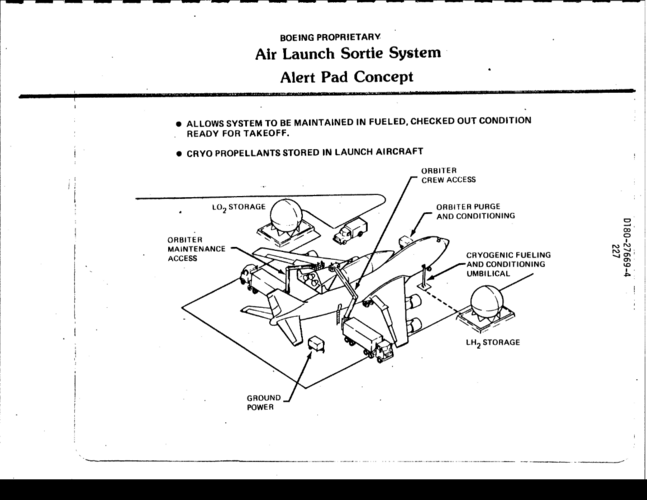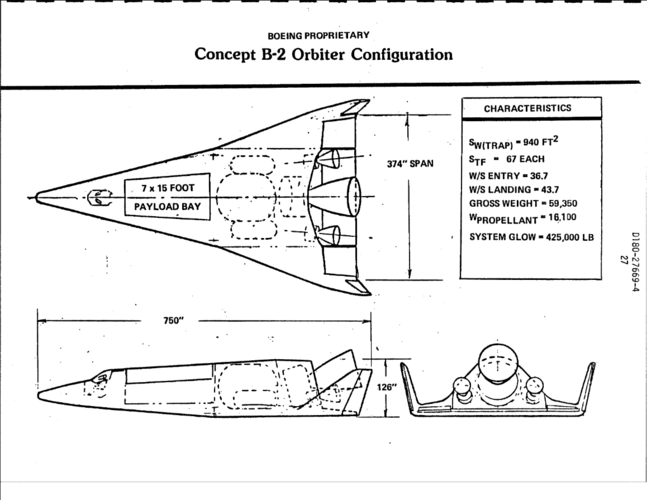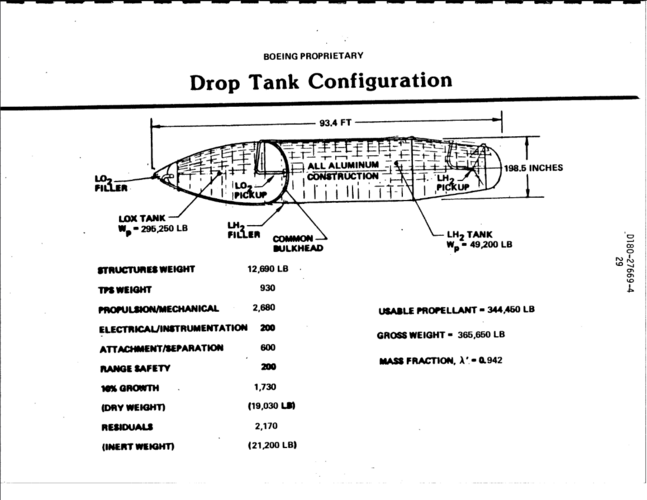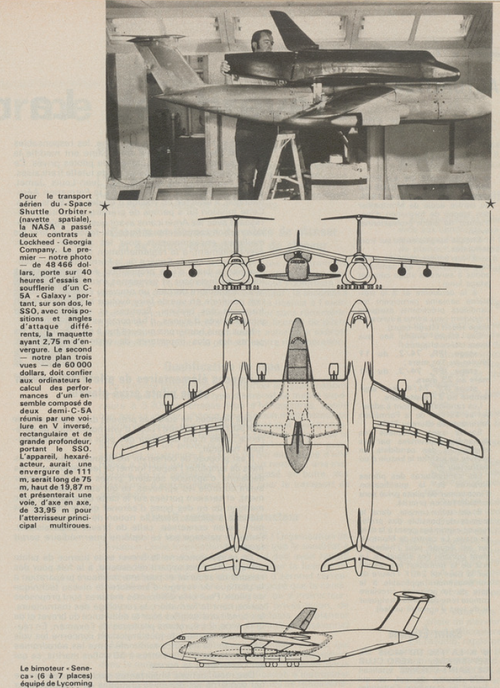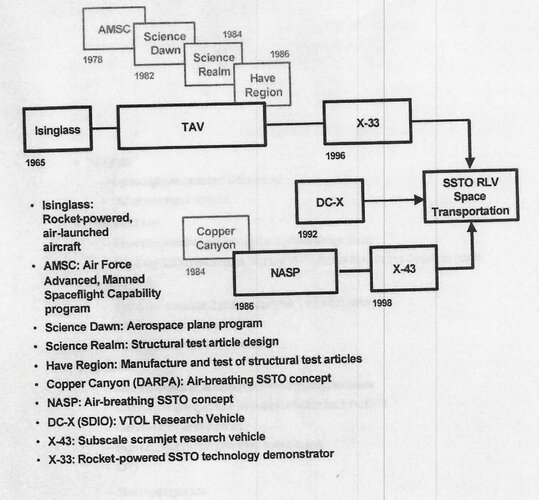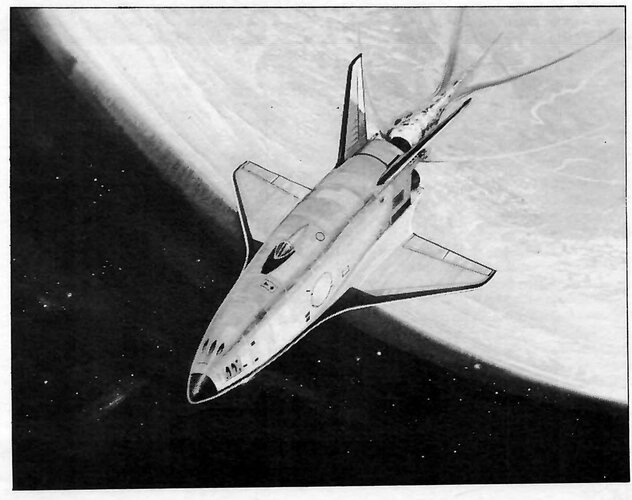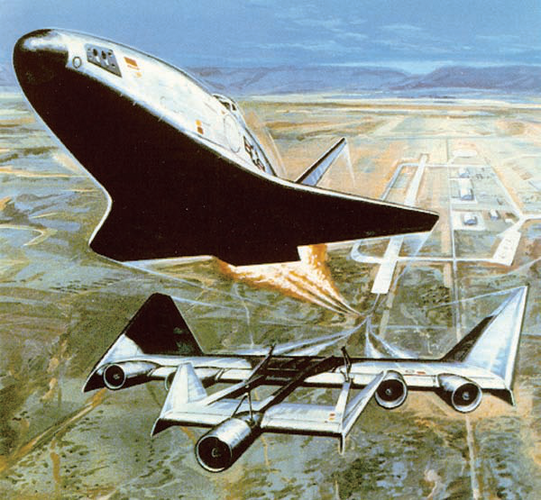- Joined
- 26 September 2008
- Messages
- 1,960
- Reaction score
- 746
I think I have December 1987 Spaceflight.
Archipeppe, I do not have any better information than what I published years ago. I was referring to the fact that when I wrote the first article, some people who worked on some of these programs started commenting, and they also sent me some emails. That helped me with the other articles.
Unfortunately, this research was done with internal company R&D funding (what is often called IRAD funding), so it did not all become public. It is possible that some of the Boeing work still survives in their archives.
Archipeppe, I do not have any better information than what I published years ago. I was referring to the fact that when I wrote the first article, some people who worked on some of these programs started commenting, and they also sent me some emails. That helped me with the other articles.
Unfortunately, this research was done with internal company R&D funding (what is often called IRAD funding), so it did not all become public. It is possible that some of the Boeing work still survives in their archives.

